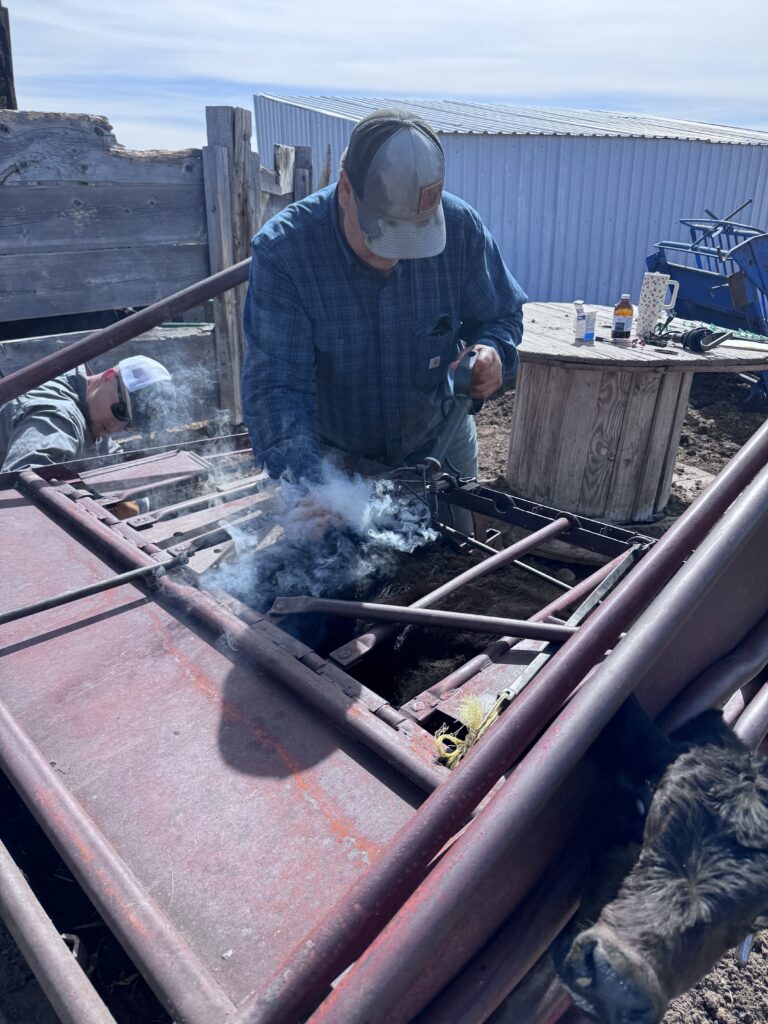Springtime means baby calves—and on our ranch, that also means branding day. It’s one of my favorite days of the year. Not just because of the work we get done, but because it brings our whole crew together—kids, family, and friends—to carry on a ranching tradition that’s been passed down for generations. In my family it is a tradition that has been passed down for at least six generations.
Branding is hard, physical labor, no doubt. But it’s also an essential time to care for our calves: vaccinating, castrating, dehorning, and giving each calf a permanent livestock brand for identification and ownership.
In this post, I’ll share the history of cattle branding, why it’s still important today, the different methods we use, and the science behind vaccinating at branding time.
What Is a Livestock Brand?
A livestock brand is a symbol or set of characters permanently marked onto an animal’s hide. Branding is usually done with hot irons or freeze branding, both of which create a lasting identifier that stays with the animal its entire life.
While branding cattle is most common, horses are sometimes branded too, especially on working ranches.
The History of Cattle Branding
The practice of branding livestock dates back to Ancient Egypt (2700 BC). It spread through Europe and eventually came to the Americas with Spanish and English settlers.
In the American West, cattle rustling was a serious problem. Brands became a critical way to prove ownership—making it nearly impossible for stolen cattle to be resold or hidden.
Over time, ranch families developed unique brands, passed down through generations as symbols of pride and heritage. On many ranches, branding day still carries that deep sense of identity and community.
Below you can find a brand book from the Utah Book of Recorded Marks and Brands which was published in 1874.

Why Ranchers Still Brand Cattle Today
Even with modern ID options like ear tags and RFID tags, branding remains the most reliable form of identification—especially in areas where herds share open grazing pasture on public land.
Ear tags can be lost or removed. A brand is permanent, tamper-proof, and legally recognized in many states. That matters when you’ve got cattle out on public lands or large pastures that multiple ranches use.
Branding Methods: Hot Iron vs. Freeze Branding
Hot Branding
A heated iron is pressed to the hide, creating a scar in the shape of your brand. This is the most traditional and widely used method in beef cattle operations.
Freeze Branding
A super-cooled branding iron (chilled with dry ice or liquid nitrogen) is applied to the hide. It kills pigment-producing cells, causing white hair to grow in the shape of the brand. It’s common for horses or show cattle.
Both methods are effective—what you choose depends on your goals, breed, and region.
How Calves Are Restrained for Branding
Ranchers use different systems depending on herd size, crew, and terrain. Here are the most common:
1. Calf Table
A secure chute that tips sideways to safely restrain the calf. Quiet, safe, and efficient – especially helpfully if you’re working with a small crew. This is what we personally use because it puts less stress on the calves, and calves are less likely to be injured. This is especially important to us because we raise replacement heifers and bulls to sell to other ranching operators.
Below is the setup that we use to brand and process our calves. It is an old calf table, but it gets the job done.
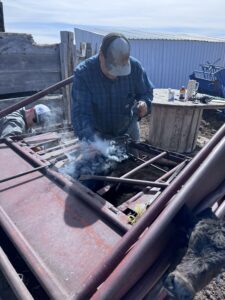
2. Branding Forks
Calves are roped and led into a metal fork that restrains the head. Handy in remote areas without facilities. This works well for smaller calves and in instances when you don’t have a lot of ropers.
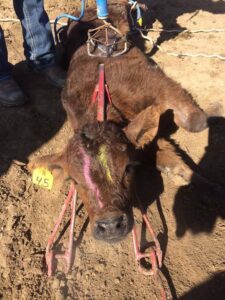
3. Heading and Healing
Two riders rope the calf’s head and heels, then hold it while it’s processed. A classic team roping setup—fast and effective when you’ve got skilled hands. This also works well when you are away from facilities and have bigger calves.

4. Manual Wrestling
A team physically flips and holds the calf on the ground. Good for small herds, but labor-intensive for large ones.
Each method is useful in different scenarios and it is entirely up to the livestock owners to determine what method will be the safest for both the calves and the people.
Why We Vaccinate at Branding Time
Vaccination is one of the most important parts of branding day. It gives calves protection before they’re turned out on pasture and exposed to stress, bugs, and new environments.
Common Calf Vaccines:
- 7-way or 8-way Clostridial vaccines: Protect against diseases like blackleg and tetanus. Usually given in two doses. This vaccine is an inactivated pathogen. The inactivate pathogen in the vaccine is taken up by the immune system, the immune system begins producing antibodies specific to the pathogen, then some of the activated immunity cells become memory cells. If the calf encounters that pathogen in the future the immune system “remembers” the pathogen. Usually, calves need two doses of a killed vaccination to build effective immunity.
- Modified Live Virus (MLV) vaccines: Defend against respiratory viruses, providing long-term immunity. MLV uses a weakened form of the actual pathogen. The pathogen replicates in the body, and the calf’s immune system responds more robustly than with a killed vaccine. The immune system creates memory B and T cells. The immunity remembers the pathogen if the calf encounters the pathogen in the future and provides a faster and stronger protection than killed vaccine.
Vaccines help the immune system recognize and respond to serious pathogens—keeping calves healthier through weaning, transport, and growth.
Other Procedures on Branding Day
Castration
Castrating young bulls prevents unwanted breeding, improves meat quality, and makes them easier to handle. It also prevents inbreeding, which can happen if young bulls are left unchecked.
Dehorning
Removing horns early reduces injuries to other animals and handlers later in life.
Deworming
Some ranches also deworm calves at branding time to support gut health and weight gain.
Why Branding Still Matters
Spring cattle branding is about more than keeping traditions alive—it’s a key part of animal care and herd management:
- Branding = permanent ID
- Vaccination = strong immunity
- Castration & dehorning = safer cattle
- Deworming = better health
When done early, calves recover faster, experience less stress, and thrive on pasture. Studies even show that younger calves heal more quickly from procedures like castration.
At the end of the day, every good rancher wants to do right by their animals. Branding day might be dusty and tough, but it’s one of the most important days of the year.
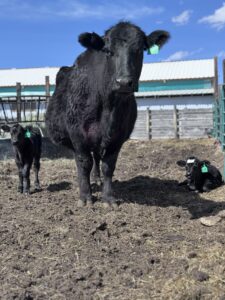
Got Branding Questions?
Have you been to a branding before, or do you have questions about the process? If you own or work on a ranch what are your favorite branding traditions? Drop a comment below—I’d love to hear your stories or help answer anything you’re wondering about.
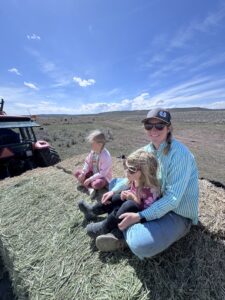

Branding Spring Calves: A Ranch Tradition That Still Matters Today
Spring cattle branding is more than tradition—it’s essential ranch work. Learn why branding, vaccinating, and caring for calves early in the season matters for herd health, safety, and identity on the range.
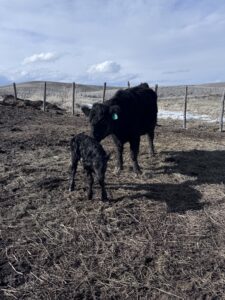
Taking Care of God’s Creations
One of my favorite things about growing up on a Utah ranch was springtime. Spring brings so much life after the winter months—birds start to
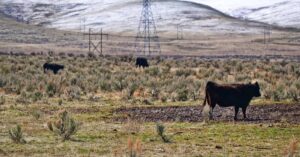
Being Apart of Something Greater
Sometimes, it’s easy to live in a bubble—especially in a small town where life revolves around familiar faces and daily routines. I often forget that

My Sourdough Journey
The word “sourdough” was thrown around quite often when I was a kid. This mystical word was always connected with my grandma’s famous sourdough pancakes.

